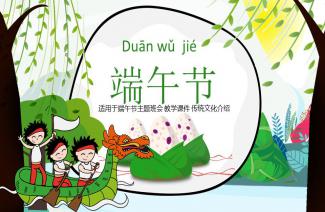观察玩具的作文300字
Toy lesson plans are an integral part of early childhood education, fostering cognitive, social, and emotional development in young learners. Effective toy lesson plans not only engage children but also promote learning and skill development. In this guide, we'll delve into the intricacies of creating and implementing impactful toy lesson plans.

Toy lesson plans serve as more than just playtime activities. They are carefully crafted tools designed to stimulate various aspects of child development:
- Cognitive Development: Toys can enhance problem-solving skills, spatial awareness, and creativity.
- Social Development: Cooperative play with toys fosters communication, teamwork, and empathy.
- Emotional Development: Certain toys help children understand and express their emotions, promoting emotional intelligence.
Effective toy lesson plans incorporate several essential elements to maximize learning:
Follow these best practices to develop effective toy lesson plans:
- Know Your Audience: Understand the developmental needs, interests, and cultural backgrounds of the children you are teaching.
- Be Flexible: Allow for spontaneity and adapt activities based on children's responses and interests.
- Encourage Open-Ended Play: Choose toys that can be used in multiple ways, fostering creativity and problem-solving skills.
- Promote Inclusivity: Select toys that cater to diverse abilities, genders, and cultural backgrounds to create an inclusive learning environment.
- Provide Guidance: Offer support and scaffolding when needed, but also allow children to explore and discover independently.
- Reflect and Refine: Regularly evaluate the effectiveness of your lesson plans and make adjustments based on observations and feedback.
Let's consider an example lesson plan using building blocks to promote various aspects of child development:
Learning Objectives:
- Develop fine motor skills by stacking and arranging blocks.
- Enhance spatial reasoning through building structures.
- Promote teamwork and communication during collaborative building activities.
Activity Steps:
Toy lesson plans play a vital role in early childhood education, fostering holistic development in young learners. By incorporating key components and best practices, educators can create engaging and effective learning experiences using toys. Remember to tailor lesson plans to the unique needs and interests of the children, promoting a supportive and inclusive learning environment.
--- This comprehensive guide provides insights into the importance of toy lesson plans, key components, best practices, and an example lesson plan using building blocks. Feel free to adapt these strategies to suit your specific teaching context and the needs of your students.










